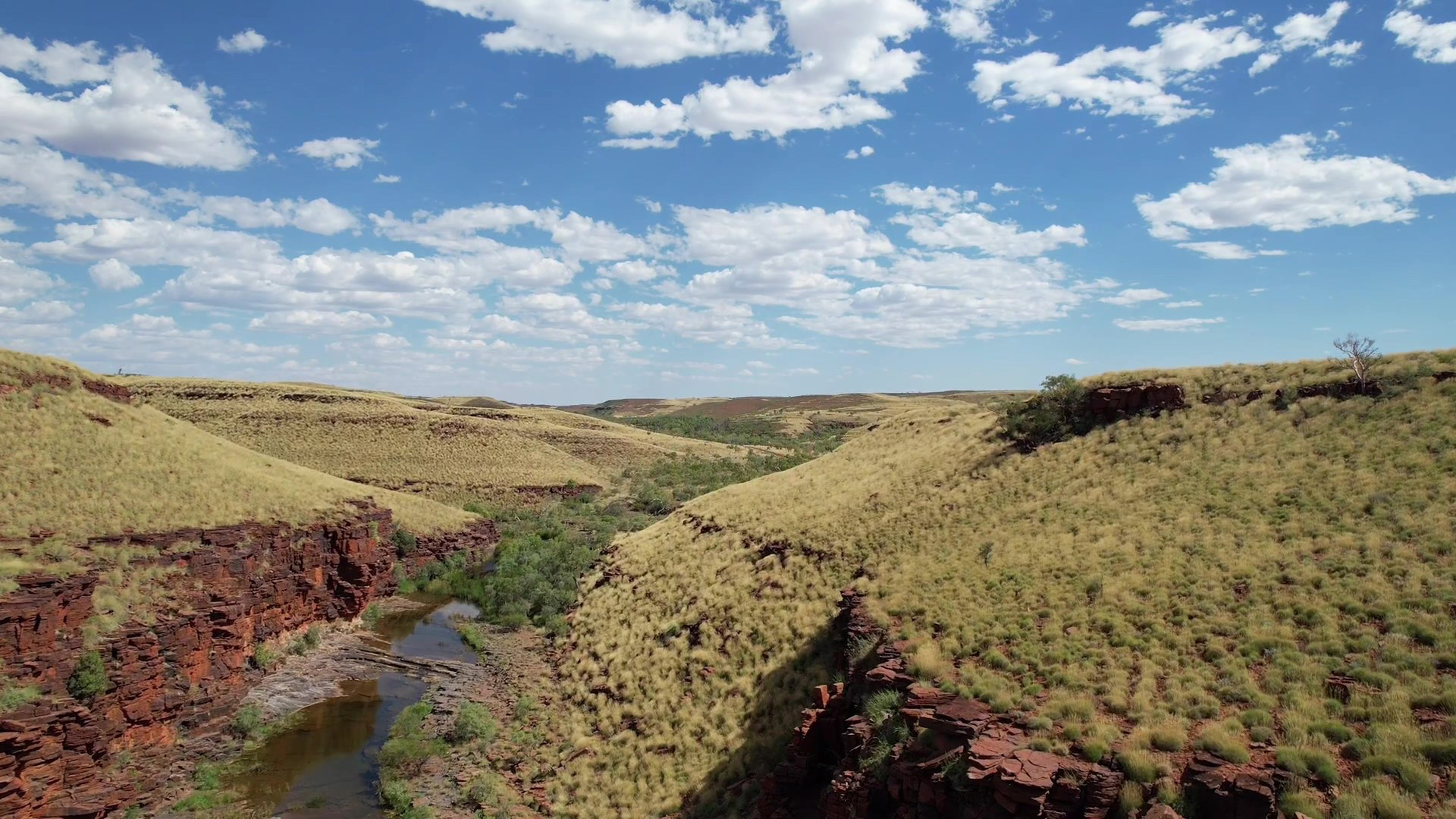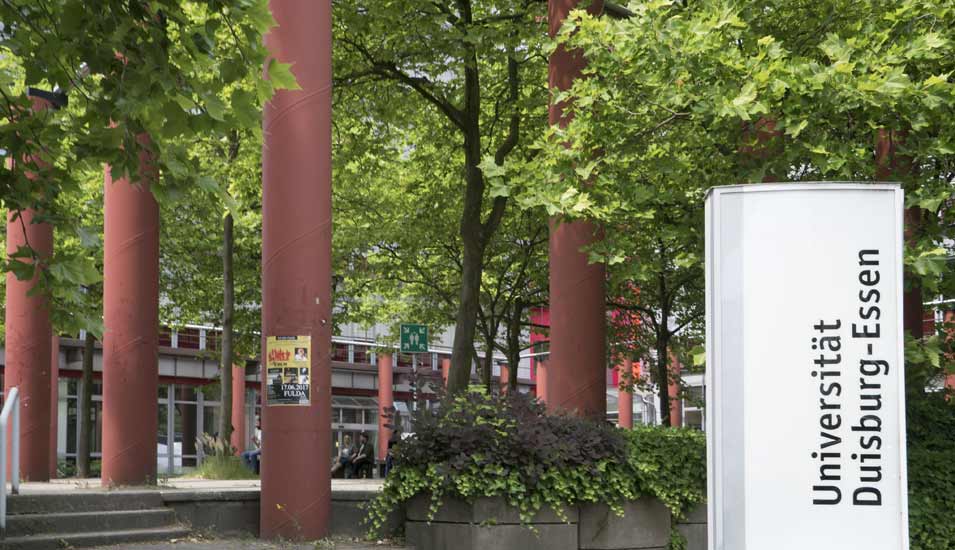Rio Tinto's Pilbara Operations: Addressing Environmental Concerns And Criticisms

Table of Contents
Water Management in Rio Tinto's Pilbara Operations
Water Consumption and Scarcity
The Pilbara region is characterized by arid conditions and limited water resources, making water management a critical issue for Pilbara mining operations. Rio Tinto's significant water usage for various processes, from dust suppression to ore processing, places considerable strain on the already scarce water supply. Addressing this requires innovative solutions and a commitment to water sustainability.
- Water recycling programs: Rio Tinto employs advanced water recycling technologies to reuse treated water within its operations, significantly reducing reliance on freshwater sources. These programs involve multi-stage filtration and purification processes.
- Desalination plants: The company has invested in large-scale desalination plants, converting seawater into potable and industrial water. This reduces pressure on freshwater resources.
- Partnerships with local communities: Rio Tinto collaborates with local communities and government agencies on integrated water management strategies, sharing resources and expertise to improve water efficiency across the region. This fosters collaborative solutions for water scarcity. Key strategies include water audits and optimized irrigation techniques in agricultural areas.
Impact on Aquatic Ecosystems
Mining activities can potentially impact local rivers, streams, and other aquatic ecosystems. Rio Tinto employs various strategies to mitigate these impacts.
- Environmental monitoring programs: Comprehensive monitoring programs track water quality parameters, aquatic biodiversity, and the overall health of aquatic ecosystems. This data informs adaptive management strategies.
- Remediation efforts: The company implements remediation strategies to restore areas affected by past mining activities, including habitat rehabilitation and the removal of contaminants.
- Mitigation strategies: Rio Tinto utilizes various techniques to minimize the impact of its operations, such as constructing sediment basins to prevent the runoff of mining-related materials into waterways and implementing best practices for water discharge.
Greenhouse Gas Emissions and Climate Change
Carbon Footprint of Pilbara Mining
Iron ore extraction and transportation contribute significantly to greenhouse gas emissions. Rio Tinto acknowledges this and has set ambitious emissions reduction targets.
- Emissions reduction targets: Rio Tinto is actively working towards reducing its greenhouse gas emissions intensity, setting specific targets for reducing emissions per tonne of iron ore produced.
- Renewable energy sources: The company is investing in renewable energy sources, such as solar and wind power, to reduce its reliance on fossil fuels for its energy needs within its Pilbara operations.
- Carbon capture and storage: Rio Tinto explores the potential of carbon capture and storage (CCS) technologies to capture emissions from its operations and prevent their release into the atmosphere. This remains an area of significant ongoing research and development.
Climate Change Adaptation and Resilience
Rio Tinto is also preparing for the impacts of climate change, including increased frequency and intensity of extreme weather events.
- Infrastructure improvements: The company is strengthening its infrastructure to withstand extreme weather events, such as cyclones and floods, ensuring operational resilience.
- Water management strategies: Improved water management practices are essential to mitigate the effects of droughts and ensure the continued supply of water for operations. This includes optimizing water usage in all processes.
- Biodiversity conservation programs: Protecting biodiversity enhances the resilience of the ecosystem to the impacts of climate change. Rio Tinto actively supports programs to conserve native flora and fauna.
Biodiversity and Habitat Loss
Impacts on Native Flora and Fauna
The Pilbara region boasts unique biodiversity, and mining activities can lead to habitat loss and impact native flora and fauna. Rio Tinto addresses this through various initiatives.
- Biodiversity offsetting programs: The company undertakes biodiversity offsetting programs, aiming to compensate for habitat loss by creating or restoring equivalent habitats elsewhere.
- Habitat restoration initiatives: Rio Tinto actively restores degraded habitats through revegetation and other ecological restoration methods, aiming to reinstate native flora and fauna.
- Endangered species protection: Specific programs focus on protecting endangered species and their habitats through targeted conservation actions.
Community Engagement and Indigenous Land Rights
Rio Tinto recognizes the importance of engaging with local communities and Indigenous groups. Respect for Indigenous land rights and cultural heritage is paramount.
- Partnerships with Indigenous communities: The company collaborates with Indigenous communities on various projects, ensuring their participation in decision-making processes and benefit-sharing arrangements.
- Cultural heritage protection: Rio Tinto implements measures to protect culturally significant sites and works with Indigenous groups to preserve their cultural heritage.
- Employment and training programs: The company offers employment and training opportunities for Indigenous people, fostering economic empowerment and participation in its operations.
Addressing Criticisms and Stakeholder Engagement
Rio Tinto faces criticisms regarding its environmental practices. The company responds by engaging with various stakeholders and implementing improved practices.
- Transparency initiatives: Rio Tinto promotes transparency by publicly reporting its environmental performance data, including emissions, water usage, and biodiversity indicators.
- Engagement with NGOs and environmental groups: The company engages with environmental NGOs and other stakeholders to address concerns, fostering constructive dialogue and collaboration.
- Industry-wide sustainability initiatives: Rio Tinto participates in industry-wide sustainability initiatives, sharing best practices and collaborating on solutions for environmental challenges.
Conclusion
Rio Tinto's Pilbara operations face significant environmental challenges, including water scarcity, greenhouse gas emissions, and biodiversity impacts. However, the company has implemented various strategies to mitigate these impacts, including investment in water recycling and renewable energy, biodiversity offsetting programs, and extensive stakeholder engagement. While progress has been made, ongoing efforts are needed to further enhance environmental performance. Areas requiring further improvement include accelerating the transition to renewable energy, strengthening biodiversity offsetting measures, and enhancing transparency in reporting environmental data. To learn more about Rio Tinto's sustainability initiatives and contribute to the discussion on responsible Pilbara mining, please visit [link to Rio Tinto sustainability report]. Let's work together towards responsible Pilbara mining and Rio Tinto's Pilbara sustainability. Explore further information on environmental stewardship in the Pilbara through [link to relevant resources].

Featured Posts
-
 The King Of Dancehall Vybz Kartels Successful Brooklyn Concerts
May 23, 2025
The King Of Dancehall Vybz Kartels Successful Brooklyn Concerts
May 23, 2025 -
 Sylvester Stallones Tulsa King Season 3 Neal Mc Donoughs Return And Filming Updates
May 23, 2025
Sylvester Stallones Tulsa King Season 3 Neal Mc Donoughs Return And Filming Updates
May 23, 2025 -
 Uni Duisburg Essen 900 Euro Fuer Bessere Noten Betrug Aufgedeckt
May 23, 2025
Uni Duisburg Essen 900 Euro Fuer Bessere Noten Betrug Aufgedeckt
May 23, 2025 -
 Big Rig Rock Report 3 12 Highlights From 99 5 The Fox
May 23, 2025
Big Rig Rock Report 3 12 Highlights From 99 5 The Fox
May 23, 2025 -
 Ulsans Hyundai 650 A Deep Dive Into The Car Carrier And Factory Operations
May 23, 2025
Ulsans Hyundai 650 A Deep Dive Into The Car Carrier And Factory Operations
May 23, 2025
